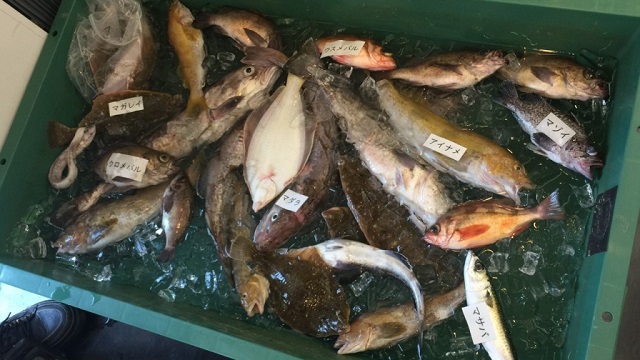2018.05.12

What was the influence of radiation on marine products in Fukushima?
Many people are worried about the influence of radiation on fish from Fukushima off-shore.
After the incident at Fukushima nuclear plants, some marine products like young lancefish recorded high level radioactive materials. The Japanese government prohibited to trade these marine products, and started the measurement of radioactive materials in marine products from Fukushima off-shore. The monitoring is still on going. The number of specimen reached more than hundred thousand.
Between April to June 2011, approximately 53% of measured marine products exceeded the reference value, 100 bq/kg, which the government set, while no fish from Fukushima off-shore recorded higher value than the reference value since April 2015.
Radioactive materials are less likely to be found from fish inhabiting deep sea (such as flatfish, and codfish), wandering the sea (such as tuna fish and bonitos), and squids and octopus. The level of measured values among other fish too has decreased gradually. By now, 99.9% of marine products are under the detection limit value.
Given the fact mentioned, fishing is restarted as a trial basis. The trial begun with three kinds marine products, like octopus, which did not record any radioactive materials even at the 2011. By January 2017, the number of spices allowed to fish increased to 97, given the research outcome in 2016. In March 2017, almost all marine products become tradable, and the target of trial fishing amended to “all marine products (except some prohibited spices)”.




